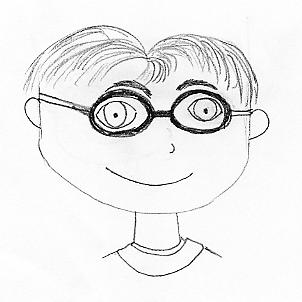| 图片: | |
|---|---|
| 名称: | |
| 描述: | |
- 基底节肿瘤
This is an unusual glioma within a very myxoid background. Neoplastic cells have small, relatively uniform nuclei, and small amounts of vacuolated or eosinophilic fibrillary cytoplasm. I do not find mitosis on the photos. Four differentia diagnoses need consideration.
(1) Protoplasmic astrocytoma. Thre is no clearcut pathologicdiagnostic criteria for this rare entity. Classic descriptions include superficial (cerebral cortex) location, circumscription, cystic (at both microscopic and gross levels), cells with large vacuolated cytoplasm and small round nuclei. This case's anatomic location of basal ganglia and lack of cysts do not support this possibility.
(2) Oligoendroglioma. The lack of characteristic capillary network and eccentric rather than centrally nuclei in neoplastic cells are not supportive of this possibility.
(3) Central neurocytoma. Basal ganglia are positioned against lateral ventricular wall, so any neoplasm with small uniform cells should consider this possibility. Again, the vacuolated cells with eccentric rather than central nuclei are not supportive of this possibility. However, this needs to be ruled out by immunohistochemistry (synaptophysin and GFAP).
(4) Diffuse infiltrating (fibrillary) astrocytoma. This is still a common glioma in the brain. Myxoid background can occur in ordinary diffuse infiltrating or fibrillary astrocytomas either focally or diffusely. I would favor this possibility over the other three above, and do GFAP and synaptophysin to confirm it. As for grading, I would see how frequent I can find mitotic figures - if very rare this would be WHO grade II (well differentiated astrocytoma), if more than rare this would qualify as WHO grade III (anaplastic or malignant astrocytoma). Of course, if there is vascular proliferation or necrosis, this would qualigy as WHO grade IV glioblastoma.
I do not see eosinophilic granular bodies, biphasic growth pattern or other characteristic features of pilocytic astrocytoma. The background is myxoid, but the cells are not bipolar as would be in pilomyxoid astrocytoma, most of which occur in infants and very young children.

聞道有先後,術業有專攻





























